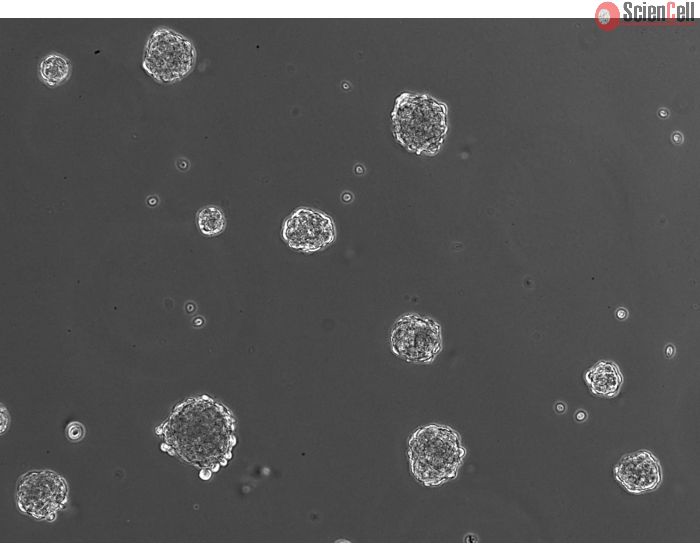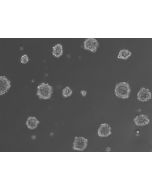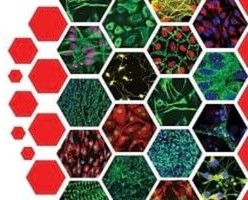Ready-to-use 3D Human Hepatic Stellate Cell Monoculture Spheroids
Catalog No.
SP3D-8750
ScienCell's hepatic stellate cells (HSC) spheroids are great models for studying the signaling pathways that govern the hepatic stellate cell activation during liver diseases. Our data reveals that culturing HSC in a physiologically-relevant 3D environment brings these cells back to their native quiescent state.
$1,524.00
In Stock






